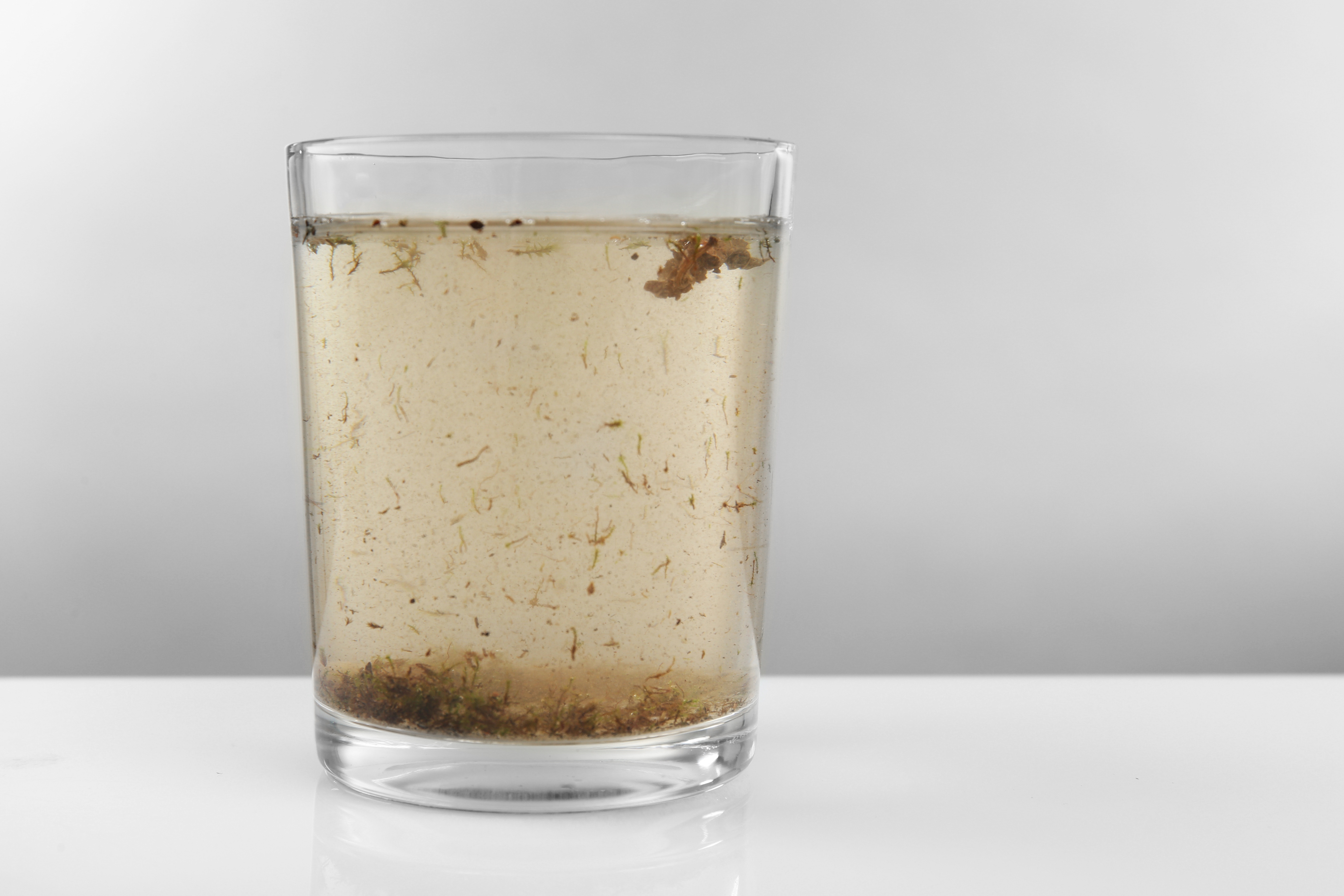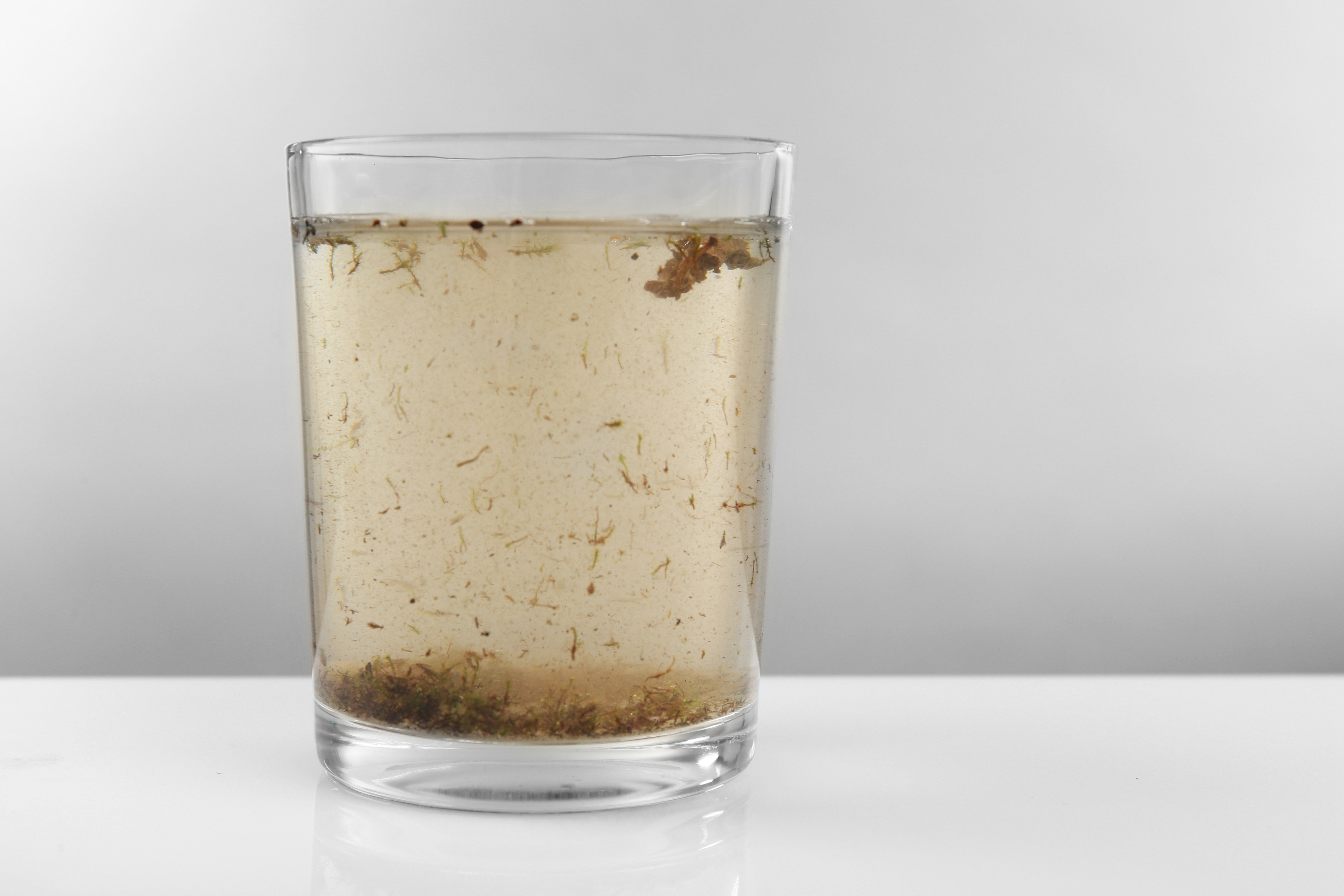
Cold water storage tanks can provide a furtive breeding ground for a host of unwelcome waterborne pathogens if certain contributing factors go beneath the radar. Various deposits (such as rust, sludge, scale, organic matter and biofilms) can support bacterial growth - if the conditions are favourable – and can be discovered loitering with intent in our domestic and commercial water storage facilities. These seemingly innocuous traces of the aforementioned flotsam and jetsam can spawn deeply unpleasant bacterium including Giardia Lamblia, Pseudomonas, e-Coli, Salmonella, Campylobacter, Hepatitis A and Legionella, as a result of the largely unseen degradation of water systems, and moreover prove potentially deadly in noted circumstances. Essentially biofilms, scale, sludge, slime, fouling and staining can all contribute significantly towards the onset of bacteria within water storage facilities, and along with the more potent sediment can serve to protect legionella bacteria from the threat of disinfectants, while actively supporting the proliferation of growth by way of providing sustenance.
One of the most tried and tested ways of determining the presence of sediment in a water tank is by carrying out a legionella risk assessment, and such procedures should always act as the first port of call. The scrutiny paid to all aspects of your water storage facility will ascertain any issues with regards to sediment, the chances of which are increased if a water tank was originally manufactured in the 1970s or 80s. This is largely because they tended to be constructed from galvanised steel back then, which as a raw material has since found to be susceptible to corrosion and contamination. Unfortunately simply replacing a water tank due to this isn’t always feasible, not least due to the often prohibitive costs involved.
Thankfully there are alternative ways to control the menace posed by the existence of sediment within a water tank, and which routinely include acknowledgment of the design, operation, maintenance and water system management. Particular emphasis should be afforded the base of the water heater and storage vessel, with particular attention paid to areas in which incoming cold water reduces the temperature of the water discovered within the vessel; and specifically where sediment can collate and subsequently be dispersed throughout a system. Introducing water softening measures to tanks in areas of the country where hard water is a recurrent feature is hugely beneficial in the fight against scale deposit, more likely to physically manifest at the base of the calorifier and heating coils.
How Can you Tell What Could be Lurking in your Water System? What Exactly Does Sediment in a Tank Appear Like?
Derived from calcium carbonate in the most part, the sediment typically referred to is most similar to the sand you’re likely to find at a beach, in both a visual and tactile context; and resembles the residue you witness when you drain an old water heater after years of use. Once stored water is subject to fluctuating temperatures in a tank environment, the resultant mineral compound will form and effectively bond into a more solid material which collects in various alcoves within. This in turn means the heating source has to increase its work ethic to counter and breach the contaminants and thus allow the water to achieve the required temperatures for later distribution to hot water outlets in homes, offices, factories, hospitals, et al. The problem arises when the mix of heat and a solidified material presence which hampers water dispersal creates the ideal conditions for microorganisms to establish themselves in said tanks.
Together with calcium, magnesium and sodium are active ingredients in water, and although inorganic and harmless to humans who might interact with them in various contexts (drinks, bathing), when forced to coexist for long periods within the confines of a water tank, the cyclically heated solution produces calcium carbonate, which has nowhere to go and hence why it accumulates at the bottom of a tank. One of the initial signs of sediment-affected water is cloudiness at the point of human interaction, along with the presence of a metallic-like scent or indeed, taste to your tap water. basically the mineral deposits eventually part company with a water tank (or heater) and embark on a journey through the pipework until it relocates in the vicinity of taps; where it outstays its welcome by way of clouding up the hot water flow thereafter.
What’s the Best Way to Eradicate a Tank Full of Sediment? Can You Explain the Most Popular Fixes?
There are a few key means by which to tackle sediment in water tanks, which we’ll outline beneath. Firstly – and following the established protocol we champion here at BrodexTrident – once identified, engineers need to set about draining cold water storage tanks, courtesy of the utilisation of submersible pumps, while all internal surface areas are cleaned and then dried by aqua vacuum. Once this is done, said tanks are repopulated with fresh water, before sodium hypochlorite solution is added and left to work for the acknowledged kill time. It’s during this process that the sodium hypochlorite solution filters through the entire water system, coming into direct contact with all the core parts en route. Thereafter system schematics are used to ensure that all points are readily accessed. Once the recognised kill time has elapsed, then our engineers introduce sodium thiosulphate neutraliser to the newly chlorinated system and (providing all evidence of chlorine are neutralised), the system is finally flushed through with fresh water.
Can you explain What Water Chlorination is and what happens during the water chlorination process?
A cost-effective and much-subscribed way of dealing with potentially infected water sources and supplies, chlorination has a proven track record when it comes to killing waterborne bacteria and viruses. Recognised for the past four decades as comprising anti-bacterial properties which can combat contaminants, water chlorination quickly became an established and safe means for rigorously disinfecting water systems, and is today frequented far and wide. Describing precisely what happens during the water chlorination process, the following bullet points identify the key practices integral to introducing chlorination to an internal hot and cold water system.
- Engineers will introduce chlorine (sodium hypochlorite solution) into a system via a temporary pumping assembly, and at a pre-determined strength/output. This will be effected by an injection point created on the cold water mains, or alternatively by dosing the cold water tank directly
- System outlets then ran until such time as optimum strength (50ppm -30 ppm dosage) is initial detected and subsequently maintained
- System then isolated for 1 hour, also known as the ‘kill time’. During this passage engineers will continue to monitor chlorine levels to evaluate success of on-going process
- Once kill time elapsed, system un-isolated and flushed out through all outlets to determine water quality at that juncture
Can Chlorination be a Feasible DIY fix?
While water chlorination can be self-administered, it’s always best to leave it to the professionals, simply because most people don’t benefit from the breadth of knowledge of water systems required. By knowledge set we refer to understanding of moving components, risk assessment histories, equipment required and familiarity with safety protocols. Which is why it’s prudent to speak with dedicated water treatment companies who are well versed in the practice of water chlorination. Although – and as touched on above – water chlorination isn’t a hugely complicated procedure, that’s not to say those failing to apply the necessary skillset and experience wouldn’t risk making matters worse by attempting to disinfect a water system.
Are There Any Other Workable Options Aside from Water Chlorination?
You could always replace the water tank in its entirety (as mentioned earlier, but at a cost), whilst elsewhere you might entertain the idea of an overhaul of the existing tank rather than investing in new assemblage. Refurbishment of current water tanks is a viable option for many people, with repainting or replacing the surface (with a new rubber lining) the two fundamental choices. Repainting is by far the better plan of action, with a range of specific paints on the market created for use in relation to galvanised steel products. The painted approach tends to fare better as a longer term solution, chiefly because rubber linings are vulnerable to perishing in the fullness of time, or even subjected to tear or puncture in the shorter term. This would of course invite water to seep from the lining and interact with contaminants, as well as being more readily susceptible to legionella culture based on temperatures. On a final note, think of water tank size, because at the end of the day refurbishment of a larger tank might work out more expensive than replacing a smaller example. As always though, seek guidance from a water treatment company on this matter and everything where legionella control remains a core focus.






